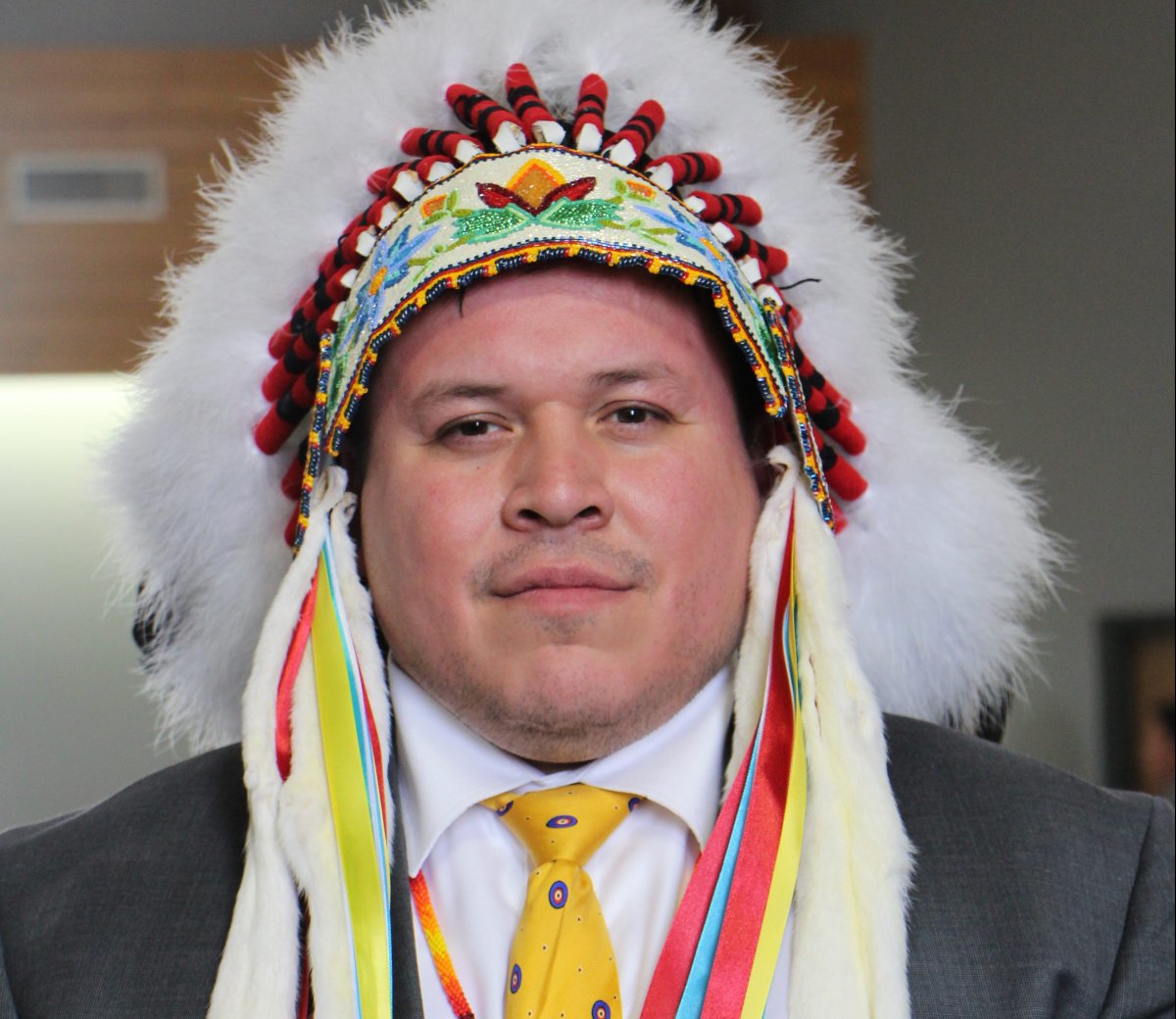As Canada’s prison watchdog warns a record-setting number of Indigenous people are currently in federal custody, the grand chief of Manitoba’s Southern Chiefs’ Organization (SCO) says Indigenous people need to be at the forefront of efforts to reform the system.

The proportion of Indigenous people in federal custody has hit more than 30 per cent due to disturbing and entrenched imbalances, Canada’s prison ombudsman warned Tuesday.
The numbers are even more troubling for Indigenous women, who account for 42 per cent of the female prison population, correctional investigator Ivan Zinger said.
SCO Grand Chief Jerry Daniels says the issue requires investment from the federal government and an Indigenous-led response.
“I think we’ve known for a very long time that the incarceration rates have been rising, and I think that this just reflects a lack of real effort to change that narrative around,” Daniels told 680 CJOB.
“I hope that the federal government understands how important this is and they need to invest in creating opportunity … And First Nations have to be the ones to do it — you can’t do it for us.”
In a statement calling for the Correctional Service of Canada to do more to resolve the problem, Zinger called the system unresponsive to the needs, histories and social realities behind high rates of Indigenous offending.
At the current pace, within three years one in three federal inmates will be Indigenous, even though Indigenous people comprise only five per cent of the Canadian population, Zinger said.
- Budget 2024 failed to spark ‘political reboot’ for Liberals, polling suggests
- Peel police chief met Sri Lankan officer a court says ‘participated’ in torture
- Wrong remains sent to ‘exhausted’ Canadian family after death on Cuba vacation
- Liberals having ‘very good’ budget talks with NDP, says Freeland
“The Indigenization of Canada’s prison population is nothing short of a national travesty.”
‘People don’t grow up wanting to be in jail’
Daniels said the problem extends outside prison walls and efforts need to be made to change social issues that are leading to Indigenous people ending up in prison in the first place.
“People don’t grow up wanting to be in jail,” he said.
“People are in there because of social problems and lack of opportunity, lack of jobs, and other institutions like education, like health care, like all these institutions that are around us to help develop people from children until they’re their adult.
“Justice can’t be looked at in and of itself alone — it’s one aspect of the broader society.”
Manitoba Ojibwa lawyer and activist Joan Jack says another issue to blame for the high incarceration rates of Indigenous people is substance abuse issues resulting from intergenerational trauma.
“We self-medicate — all people do, regardless of race — self-medicate with alcohol and drugs when (we’re) experiencing trauma,” she told 680 CJOB.
“And then we end up getting criminalized because we have addictions.”
Jack said changes are also needed in the justice system, where she says Indigenous people — especially those living on reserves — aren’t getting a fair shake.
“The legal aid lawyers that come to the reserves are just overburdened with clients,” she said.
“And so then Joe Blow Indian comes to court and his lawyer just says, ‘Well, if you plead guilty, you know, it’ll be faster and you have no other charges’ and so on and so forth.”
Restorative justice
Daniels points to the SCO’s First Nations Justice Strategy Program, which uses a restorative justice model that reflects Indigenous legal traditions, as a model for what can be done to help.
“You need to bolster restorative justice in our communities and try to focus on the community cohesion,” he said.
“We want the best for our people and we’re working with our communities right now to develop that.”
Last March the federal government pledged nearly $700,000 over three years to the program, operating in Sagkeeng, Long Plain, Waywayseecappo, Pine Creek, Sandy Bay and Pinaymootang.
In 2018, federal, provincial and territorial officials agreed to increase the use of restorative justice processes by a minimum of five per cent per jurisdiction, where possible, by 2021.
Daniels said the SCO, which represents 34 communities in southern Manitoba, has seen success by taking a holistic approach, looking at all aspects of a person’s life and supporting them through community work.
But more needs to be done, he said, and Indigenous people need to be at the table.
“We have to develop our people, develop our communities, develop our own infrastructure and challenge the culture that currently resides in the justice system,” he said.
“We have to be involved in every step of the way on this so that we can create the kind of systemic change that needs to happen.”
At the conclusion of a Liberal caucus retreat in Winnipeg this week, Public Safety Minister Bill Blair, the cabinet member responsible for federal corrections, said the correctional system, police, courts and society in general all have roles to play in helping reduce the proportion of Indigenous offenders in prison.
The “well-known and challenging” social conditions that give rise to the problem, including generational trauma, substance abuse and lack of access to services, must be addressed, he said.
–With files from The Canadian Press






Comments